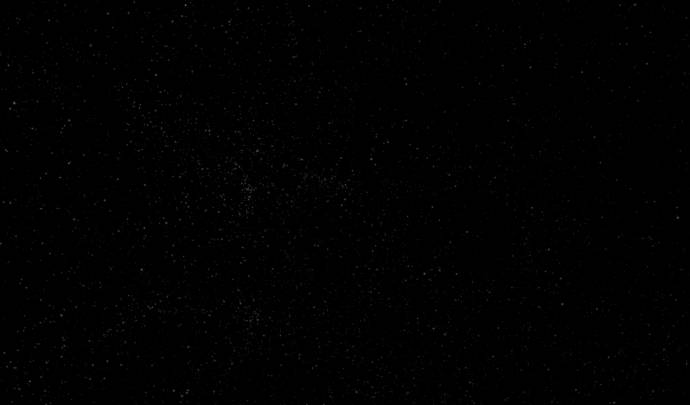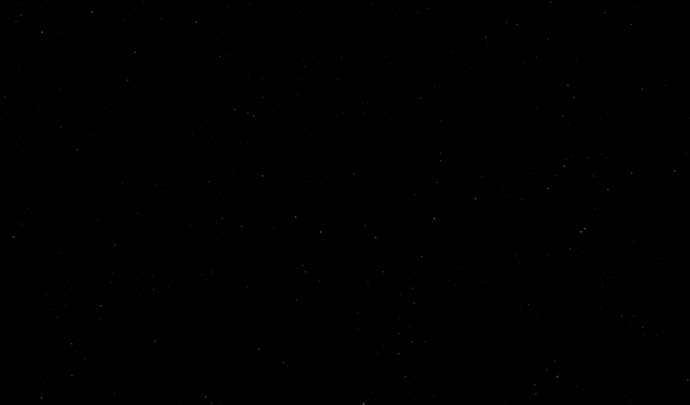| DeathStar | Date: Sunday, 09.02.2014, 22:36 | Message # 1 |
|
Pioneer
Group: Users
 Croatia
Croatia
Messages: 515
Status: Offline
| Most of us spend 99% of our time near planets or stars, so generally we don't see much of the structure of the universe when using SE. However, the ones that spend a decent amount of their time hopping galaxies notice a problem - there is almost no structure to the procedural parts of the SE universe. This is not only unrealistic, but it also makes cosmic exploration(I am talking about the big picture) even more boring. Now, I will make a rather lenghty suggestion to change this. I doubt this would be that hard to implement, but I am not the one developing SE, I may be wrong. There is a TL;DR at the bottom, but I suggest reading everything.
Part 1 : The cosmic web
Take a look at the picture below. What do you see?

This picture was taken a few tens of mega-parsecs away from the Milky Way. Although it may look like a big mess, once you fly around the place a bit you realise that the whole place has a web structure and that galaxies are organized into interconnected groups, with huge empty voids seperating some of them.
Now look at this picture:

This picture was taken a few gigaparsecs away from the Milky Way, and it is a procedurally generated part of the universe. As you can see, the area is completely unremarkable - all of the galaxies are smoothly distributed and distant from each other, which makes the area quite dull. Let's change that. Note that some of these systems may not work, so discussion will be required to perfect them.
First, the engine would generate large, empty spaces known as 'voids'. The size of these spaces could be anything from 30 megaparsecs to several hundred megaparsecs, sometimes getting as high as 500 megaparsecs. Inside these voids, galaxies don't generate - they are simply vast, empty spaces.
The space that is left, however, is to be inhabited by galaxies. Rather than generate galaxies independently, galactic clusters are generated. These galactic clusters function in a way very similar to star clusters, except for the fact unlike star clusters, galaxies inside these clusters don't need to be of similar age and type. The thing about these galactic clusters is that they are very likely to generate next to each other, so rather than giving an island universe, you would get a very cobweb-like universe. Completely isolated galaxy clusters would be very rare.
Part 2 : Satellite galaxies
We are now going down to a smaller scale - galaxies and their satellites.
Galaxies, like planets and stars, have satellites as well. If you look at our Milky Way, it has two relatively large galaxies orbiting it(the Magellanic clouds) and a bunch of small, spherical ones. The procedural galaxies in SE don't have such satellites.
Every 'real' galaxy(not a satellite galaxy) can have its own satellite galaxies, however the number, maximum distance and maximum diameter(due to the fact that SE currently doesn't generate galaxy mass) depend on the size of the primary.
The maximum distance a satellite galaxy could be away from its primary would be around 10-15 times the diameter of the galaxy itself(I am still not sure of the value).
The maximum diameter would be anything up to the diameter of the primary itself, though larger diameters would have a much lower chance of generating than lower diameters.
The diameter of the primary wouldn't determine a cap on the amount of satellites, although smaller diameters should usually have smaller numbers of satellites.
Satellite galaxies with a small diameter would almost always be spherical. Larger satellite galaxies(diameter greater than 10% of primary) would be generated in a special way, however.
Initially, before it is rendered, a large satellite galaxy would start out as either a spiral galaxy or a spherical galaxy.
If the spiral galaxy is less than 25% of the diameter of the primary and is more than 8 diameters away from the primary, it remains in its current form. If it is less than 8 diameters away from the primary, it becomes irregular. If it is less than 1.5 diameters away from the primary, the primary becomes an irregular galaxy as well, unless it is spherical.
If the spiral galaxy is between 25% and 50% the diameter of the primary and is more than 5 diameters away from the primary, it remains in its current form. If it is less than 5 diameters away, it becomes irregular. If it is less than 1 diameter away, the primary(if it is spiral) becomes irregular as well.
If the spiral galaxy is more than 50% the diameter of the primary and is more than 4 diameters away from the primary, it remains spiral. If it is less than 4 diameters away, both the satellite and the primary become irregular.
Finally, if the distance between a satellite larger than 10% of the primary and the primary is less than 0.5 diameters of the primary, instead of generating the primary and its satellite, a quasar is generated. The quasar is always an irregular galaxy, and it has the diameter of more or less the diameter of the primary + diameter of the satellite(if this is larger than 100kPC, then it will remain at the cap). What is interesting is that quasars already exist in SE, but they aren't different from ordinary galaxies and don't generate.
TL;DR
There needs to be a structure to the universe SE generates. There should also be satellite galaxies near larger companions
Final word
I realize that 75% of the ideas here must be refined further or be completely discarded, so that is why a discussion would probably be very beneficial if we want to improve the ease of implementing this, if it is ever going to be implemented, and thus make exploring intergalactic space much funner.
Edited by DeathStar - Sunday, 09.02.2014, 22:42 |
| |
| |
| HarbingerDawn | Date: Sunday, 09.02.2014, 22:52 | Message # 2 |
 Cosmic Curator
Group: Administrators
 United States
United States
Messages: 8717
Status: Offline
| Quote DeathStar (  ) There needs to be a structure to the universe SE generates
There is, though it could be improved. Go into spacecraft camera mode, in the distant universe, and move forward at a speed of 1-2 Mpc/s, and just watch the galaxies as they pass you by. After a few minutes the structure of their distribution should jump out at you. There are clusters (most like nodes), filaments (though they're fat), and voids. It's pretty symmetric and needs improvement in many ways, but it does exist. It was also obvious in map mode in 0.96, if you want to check that out.
Quote DeathStar (  ) There should also be satellite galaxies near larger companions
Sometimes you can find pairs of galaxies, or galaxies with a companion, but this is indeed far too rare, and a system does need to be implemented that more closely reflects reality.
All forum users, please read this!
My SE mods and addons
Phenom II X6 1090T 3.2 GHz, 16 GB DDR3 RAM, GTX 970 3584 MB VRAM
|
| |
| |